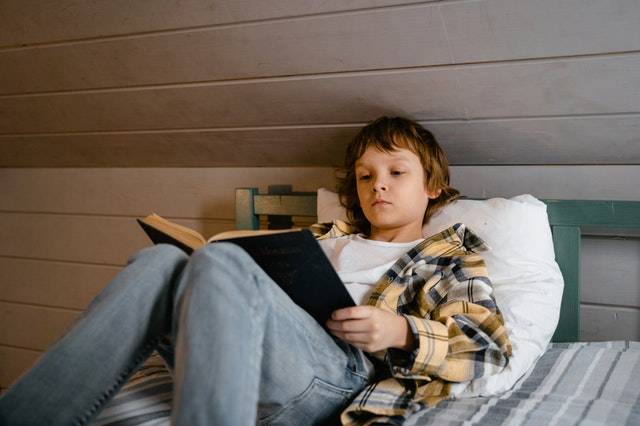5 Strategies For Helping Your Child Develop A Growth Mindset

We all want our kids to grow up to be successful, productive members of society. Traditional methods of teaching and learning were not always the best way at promoting these outcomes. These methods promote a fixed mindset or the idea that we are born with the talents and intelligence we have and that it can never be improved upon. This is a largely inaccurate idea.
Today, a lot of the classrooms are promoting the idea of a growth mindset. A growth mindset says that intelligence and creativity are skills that can be learned and practised, therefore they can be improved upon over time. Developing this mindset in children can help them overcome problems, increase their creativity, and makes them more willing to try new activities, because they don’t fear failure as much; they see it as an asset to learn from. Below are 5 strategies to help your child learn to develop this mindset.
It’s okay to be wrong
The fear of making a mistake or being wrong can be a real setback for children and adults. An important part of a growth mindset is normalizing the idea that being wrong is ok. Rather than something to avoid, it’s a step to solving the problem. Using language to discuss what went wrong when finding a solution and how to avoid the setback in the future makes this less of an issue. Children who see being wrong as something to overcome become less worried about trying new things, which often come with mistakes and being wrong until they are mastered.
A way you can help promote the idea that it is ok to be wrong is to teach your children the following mantra ‘Mistakes help my brain grow’.
Using language that promotes growth mindset
‘In order to teach our children to develop a growth mindset, a shift in the language we use is a necessary component,’ says Pamela Paiz, an educational writer at Assignment Service. Most of the things we teach our children are ‘caught not taught’ so modelling the behaviour we want to see and following through is the most important thing we can do. If we keep tabs on how we speak of our setbacks and mistakes, changing the dialogue into more one of curiosity and learning from our own setbacks our children will naturally pick up on our language and use it themselves.
Talk about mistakes
Part of developing a growth mindset in your child is giving them the language to discuss their mistakes, as well as a safe environment to be open and honest about them as well. Discussing what went wrong when trying to solve a problem will lead to avoiding the mistake in the future, promoting growth and creativity.
Growth mindset inspiration for the home
Another easy way to help promote a growth mindset at home is to get some inspirational posters to hang in your home. Pick posters that promote growth mindset principles and hang them in your child’s room and maybe the living room where everyone can see them. Posters will help remind your child about the fundamentals of a growth mindset. They can also help remind the adults in the house to keep a check on their language as well.
Teaching your child perseverance even when they can’t see the solution
It’s hard to keep going when you are struggling to achieve your goal. It’s even harder when you can’t even see the solution to the problem. Teaching your child to keep going, even when they can’t see the solution is an essential life skill to teach. Sometimes, a problem requires several steps, in order to find the solution, so if they just stop at the first or second step, then it doesn’t get solved. Encouraging your child to keep trying to work through any problem-solving questions will help develop this crucial skill. They may even get to the solution!
These are some ways to help develop a growth mindset in your child. While we don’t remain 100% of the time in a growth mindset, it’s an important skillset to keep learning.
